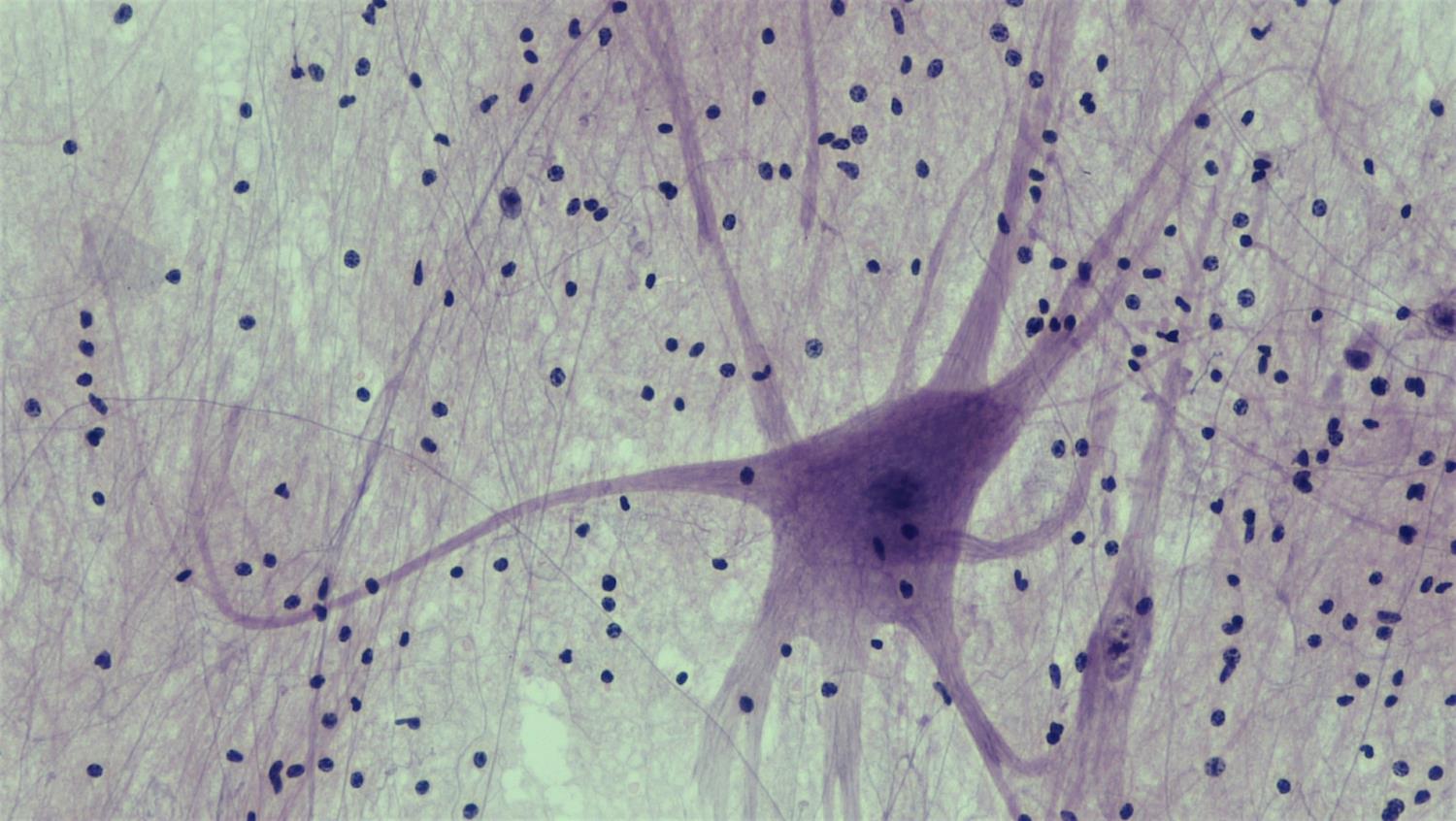
Want to get stories like this straight to your inbox? Subscribe here.
Amyotrophic Lateral Sclerosis (ALS) and Primary Lateral Sclerosis (PLS) are two neurodegenerative diseases that share many characteristics, but also have some key differences. They can often be confused for one another in their early stages, and some even refer to PLS as a “benign variant” of ALS—although it can still cause disabling complications. It can even be difficult, at times, for clinicians to distinguish between PLS and slow-progressing cases of ALS.
The most obvious distinction between the two diseases is the speed at which they generally progress. The average life expectancy of someone diagnosed with ALS is about three to five years, while people living with PLS can generally live normal lifespans. Unlike ALS, PLS is not considered fatal.
ALS and PLS are both conditions that lead to the death of motor neurons—the cells in the brain and spinal cord that carry signals from the brain to the muscles and allow us to move. ALS attacks both the upper motor neurons, which are found in the cerebral cortex and brain stem, and the lower motor neurons, which are situated along the spine. In PLS, the upper motor neurons are similarly affected, but the lower motor neurons are not.
Scientists believe that this difference may be why PLS progresses so much slower than ALS, and why it ultimately leads to slower progression and has an increased life span. Upper motor neurons are responsible for controlling our voluntary movements, such as walking or using one’s hands and arms. The death of these neurons causes progressively worsening weakness and spasticity of the muscles. It can also lead, like ALS, to problems with speech and swallowing.
The lower motor neurons, although they do have a role in voluntary movement, also control many of our involuntary movements—things you usually don’t need to think about, like breathing or reflexive movement. Therefore, PLS does not lead to muscle wasting, as in ALS, even though it does weaken them. People living with PLS generally do not develop the same issues with respiratory failure and pneumonia, which is a cause of death in about half of those living ALS, though the disease can cause breathing problems in its later stages. However, in some instances, cases initially diagnosed as PLS can evolve to involve the lower motor neurons. In this situation, the diagnosis may be changed from PLS to ALS.
PLS can appear at any age, although onset usually begins between ages 40 to 60. Unlike ALS, in which roughly 15% of diagnosed cases are caused by inherited genetic mutations, all cases of PLS seem to be sporadic, with no known cause. It usually begins with weakness in the legs, which can lead to tripping and difficulty walking, and progresses to the body, arms, hands, and the face and mouth, although some cases begin in the upper body or face and travel downwards. Every case of PLS is different—in some instances, a person living with PLS might retain their ability to walk or speak throughout the course of their disease, while others might come to rely on adaptive devices like wheelchairs or communication aids.
Similar to ALS, there are no effective treatments for PLS other than treating the symptoms with drugs like muscle relaxers and pain relievers, as well as physical and occupational therapy. As we at the ALS Therapy Development Institute (ALS TDI) work to find effective treatments and cures for ALS, we are hopeful, given the closely related pathology of the two diseases, that our research will be able to benefit those living with PLS as well.
What to Do Next